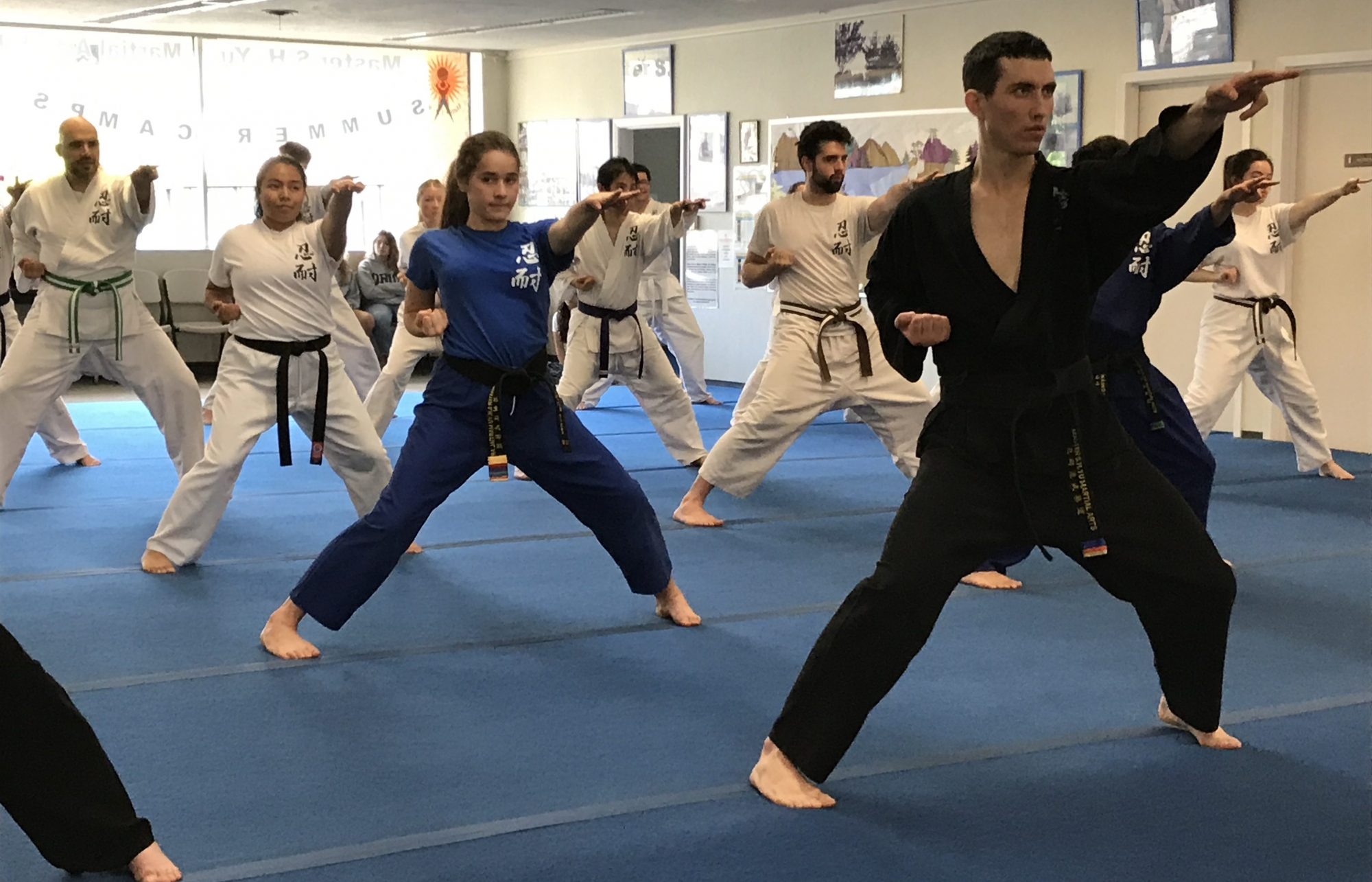In the vast and diverse world of martial arts, Taekwondo has long been recognized as one of the most dynamic, effective, and widely practiced disciplines. With its roots firmly planted in the rich cultural heritage of Korea, Taekwondo has evolved over the centuries, blending its traditional techniques with modern advancements to become a formidable system of self-defense, physical conditioning, and personal empowerment.
As practitioners and enthusiasts of this art continue to push the boundaries of what is possible, the question of Taekwondo’s effectiveness has become a topic of significant interest and debate. From its lightning-fast strikes and acrobatic kicks to its emphasis on mental discipline and strategic thinking, Taekwondo has proven time and time again to be a versatile and highly adaptable martial art, capable of meeting the diverse needs and challenges of modern-day practitioners.
In this comprehensive exploration, we’ll delve into the core elements that contribute to the effectiveness of Taekwondo, examining its historical development, its fundamental techniques and principles, and the ways in which it has adapted to the ever-changing landscape of combat and self-defense. Prepare to uncover the true power and versatility of Taekwondo and understand why it remains one of the most respected and sought-after martial arts in the world.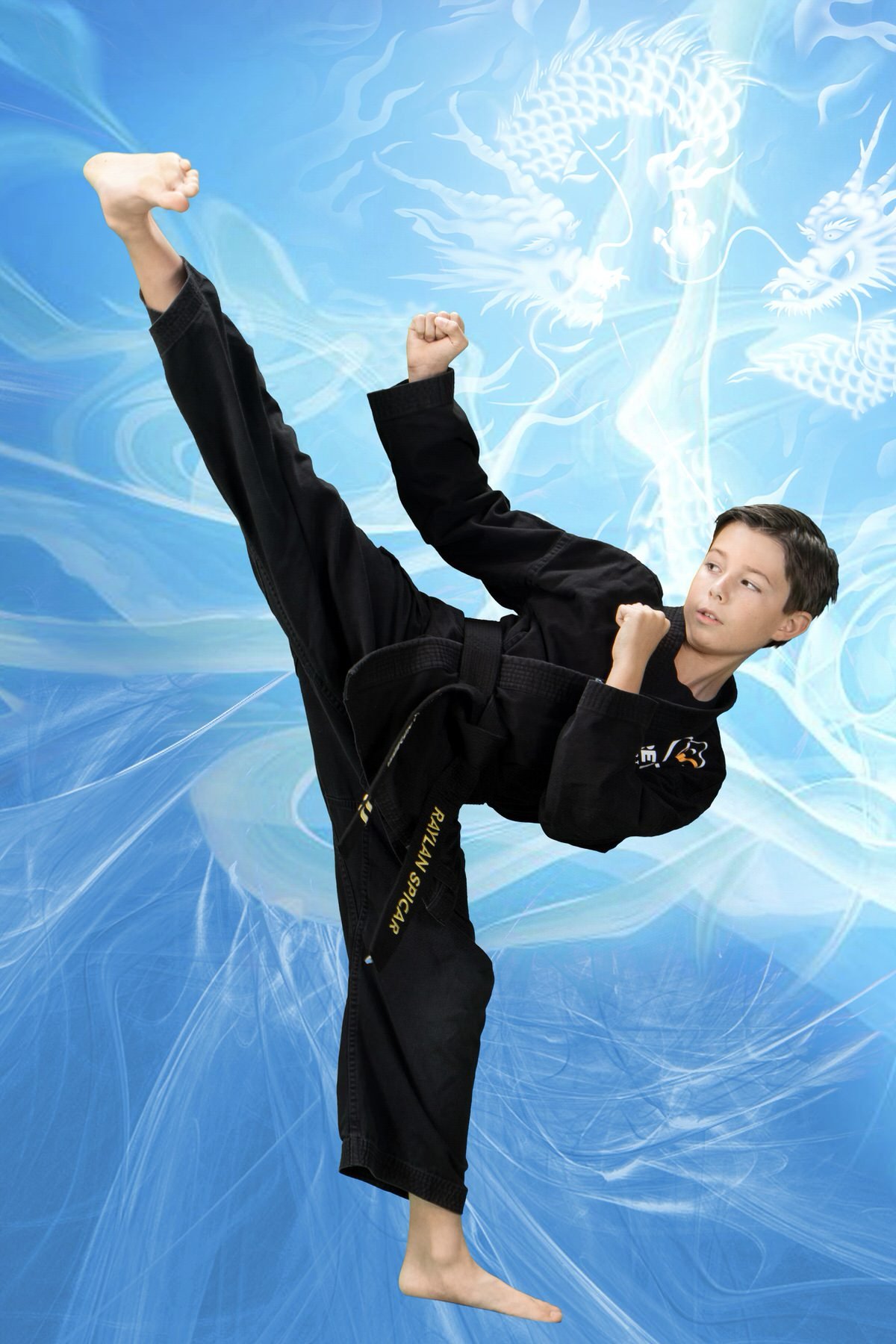
The Foundations of Taekwondo’s Effectiveness
The effectiveness of Taekwondo can be attributed to its rich history, its focus on holistic development, and its constantly evolving techniques and strategies.
The Historical Roots of Taekwondo
Tracing the origins of Taekwondo, from its ancient Korean martial arts predecessors to its modern-day iteration, provides crucial insight into the martial art’s enduring effectiveness.
The Evolution of Taekwondo
Taekwondo has undergone a remarkable evolution, seamlessly blending its traditional techniques with contemporary advancements to create a dynamic and versatile martial art.
The Influence of Korean Culture and Philosophy
The strong cultural and philosophical underpinnings of Taekwondo, rooted in Korean traditions, so have played a significant role in shaping its effectiveness and widespread appeal.
The Holistic Approach to Martial Arts Training
Taekwondo’s emphasis on the integration of physical, mental. And spiritual development is a key factor in its overall effectiveness as a martial art.
Physical Conditioning and Technique Mastery
Taekwondo’s rigorous physical training regimen, focused on developing speed, power, flexibility, and technical proficiency, enhances the practitioner’s overall combat readiness.
Mental Discipline and Strategic Thinking
The mental and cognitive aspects of Taekwondo, including focus, concentration. And strategic decision-making, are instrumental in its effectiveness as a self-defense system.
Spiritual Awareness and Personal Growth
The spiritual and philosophical dimensions of Taekwondo, such as the cultivation of self-control, respect, and inner peace. Contribute to the practitioner’s overall well-being and adaptability.
The Effectiveness of Taekwondo Techniques and Strategies
Taekwondo’s effectiveness is further bolstered by its diverse range of techniques and the strategic application of these skills in various combat scenarios.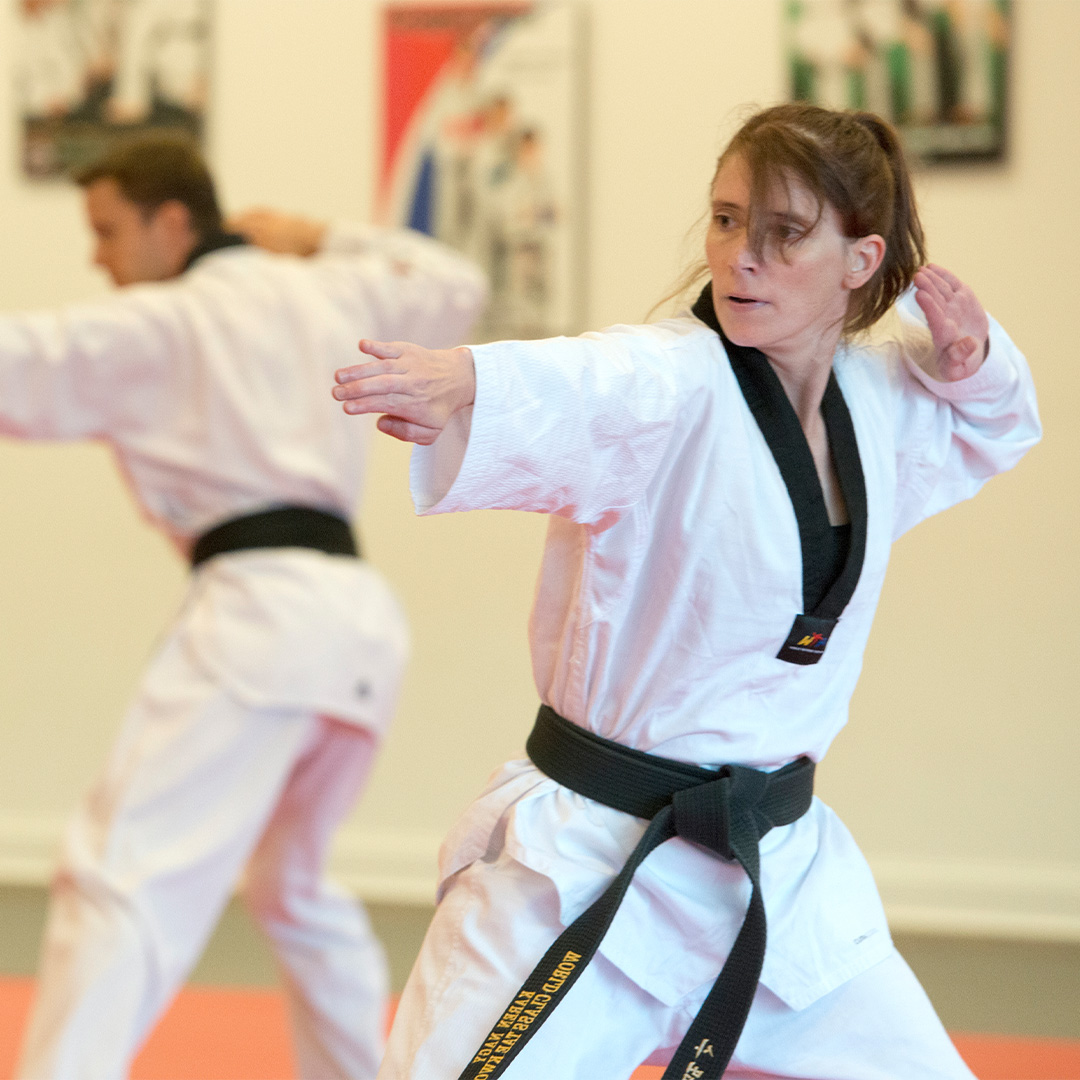
Signature Taekwondo Techniques
Taekwondo is renowned for its dynamic and powerful kicking techniques, which form the foundation of its combat effectiveness.
Lightning-Fast Kicks and Strikes
Taekwondo’s signature high-speed, high-impact kicks and strikes are designed to overwhelm and incapacitate opponents.
Adaptable Hand Techniques
While Taekwondo is known for its kicking prowess, its hand techniques, such as punches and blocks, are also highly effective in close-quarters combat.
Strategic Taekwondo Approaches
Taekwondo practitioners employ a range of strategic approaches to maximize their effectiveness in both self-defense and competitive settings.
Offensive and Defensive Strategies
The ability to seamlessly transition between offensive and defensive maneuvers is a hallmark of Taekwondo’s strategic effectiveness.
Footwork and Mobility
Taekwondo’s emphasis on agile footwork and dynamic movement allows practitioners to maintain a tactical advantage and control the pace of combat.
Adaptability and Problem-Solving
Taekwondo’s principles of adaptability and problem-solving enable practitioners to effectively respond to a variety of unpredictable situations and challenges.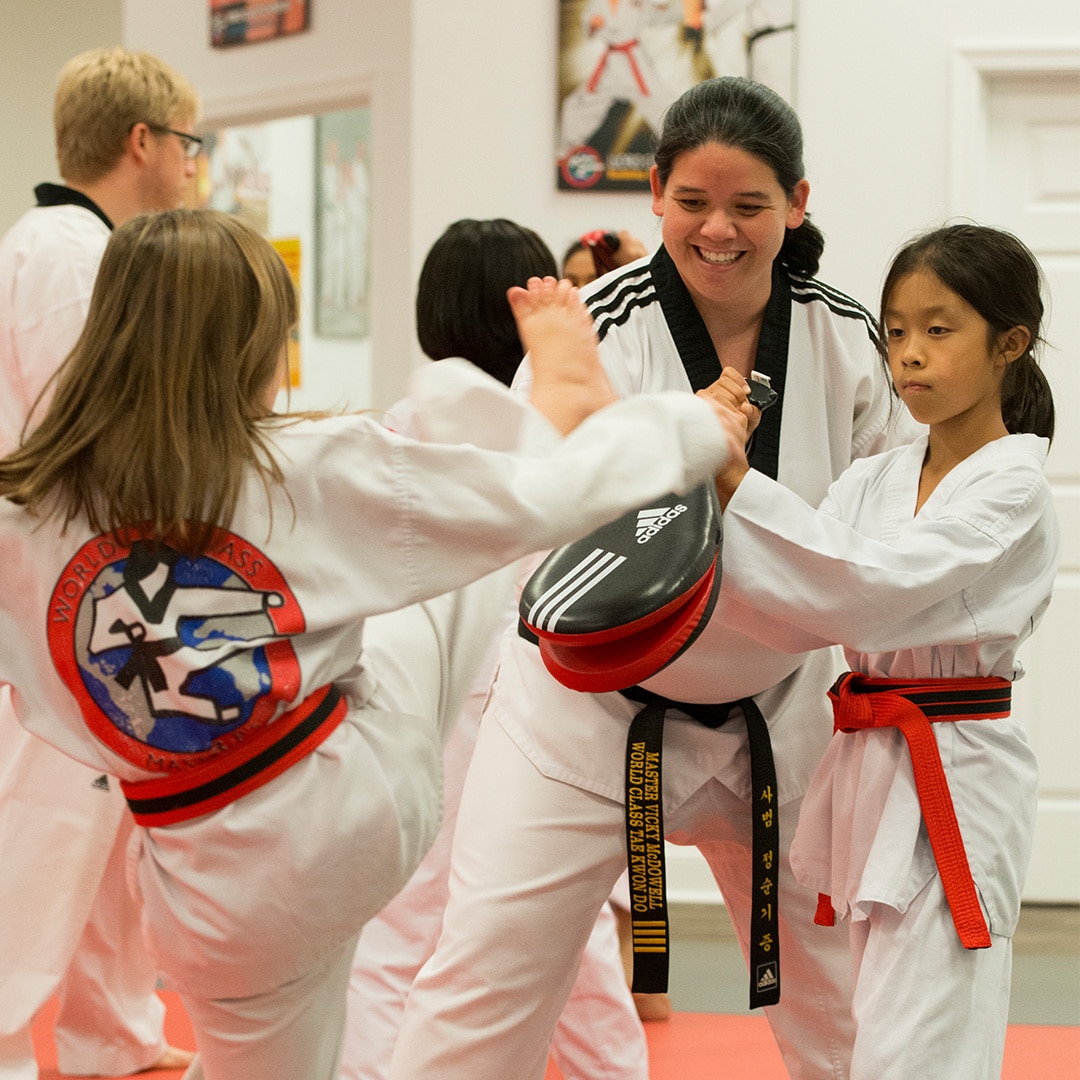
The Versatility and Applications of Taekwondo
Taekwondo’s effectiveness extends beyond the realm of self-defense, as its versatile nature allows it to be applied in a wide range of contexts and settings.
Taekwondo in Sport and Competition
As an Olympic sport, Taekwondo has demonstrated its effectiveness in the competitive arena, so showcasing the technical prowess and strategic thinking of its practitioners.
Taekwondo Sparring and Tournament Competition
The dynamic and high-intensity nature of Taekwondo sparring and tournament competition highlights the martial art’s effectiveness in a controlled, rule-based environment.
The Evolution of Taekwondo Competition Rules
The ongoing refinement of Taekwondo competition rules has helped to enhance the sport’s effectiveness. Ensuring fair and safe competition while preserving the core principles of the martial art.
Taekwondo in Self-Defense and Real-World Scenarios
The effectiveness of Taekwondo extends beyond the competitive setting. Making it a highly valuable self-defense system for individuals of all backgrounds and skill levels.
Practical Taekwondo Techniques for Self-Defense
Taekwondo’s emphasis on practical, street-applicable techniques, such as strikes, blocks, and counterattacks. Enhances its effectiveness in real-world self-defense situations.
Adapting Taekwondo to Diverse Threats and Environments
Taekwondo’s versatility allows practitioners to adapt their techniques and strategies to effectively respond to a wide range of threats and environmental factors.
Taekwondo’s Holistic Benefits
While Taekwondo’s effectiveness in combat and self-defense is well-documented. The martial art also offers a range of holistic benefits that contribute to the overall well-being of its practitioners.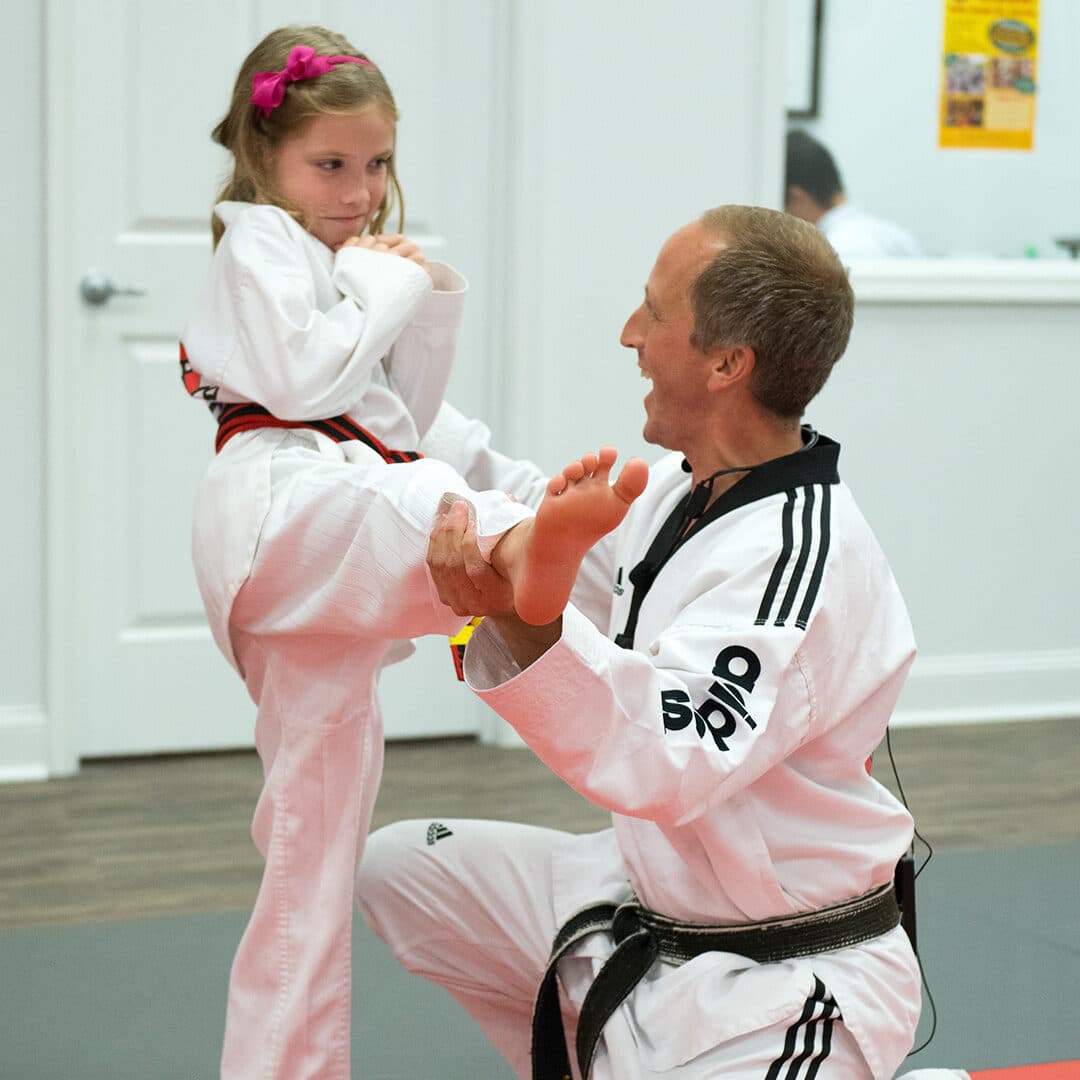
Physical Fitness and Cardiovascular Health
The intense physical training regimen of Taekwondo promotes exceptional cardiovascular fitness, muscular strength, and overall physical well-being.
Mental and Emotional Benefits
Taekwondo’s emphasis on mental discipline, focus, and emotional control can lead to improved stress management. Increased self-confidence, and enhanced overall mental health.
The Continued Evolution and Ongoing Effectiveness of Taekwondo
As a living, breathing martial art, Taekwondo continues to evolve and adapt. Ensuring its ongoing effectiveness in the face of ever-changing challenges and demands.
Technological Advancements and Taekwondo
The integration of technological innovations has played a significant role in enhancing the effectiveness and accessibility of Taekwondo training and competition.
Wearable Sensors and Performance Tracking
The use of advanced wearable sensors and performance tracking technology has helped Taekwondo practitioners optimize their training and technique development.
Virtual and Augmented Reality in Taekwondo
The incorporation of virtual and augmented reality technologies has opened up new avenues for Taekwondo training, simulation, and competition.
Taekwondo’s Global Reach and Influence
As Taekwondo continues to spread worldwide, its effectiveness has been validated and celebrated by practitioners from diverse cultural backgrounds.
Taekwondo’s Presence in the Olympic Games
The inclusion of Taekwondo as an Olympic sport has further elevated the martial art’s global recognition. And showcased its effectiveness on the international stage.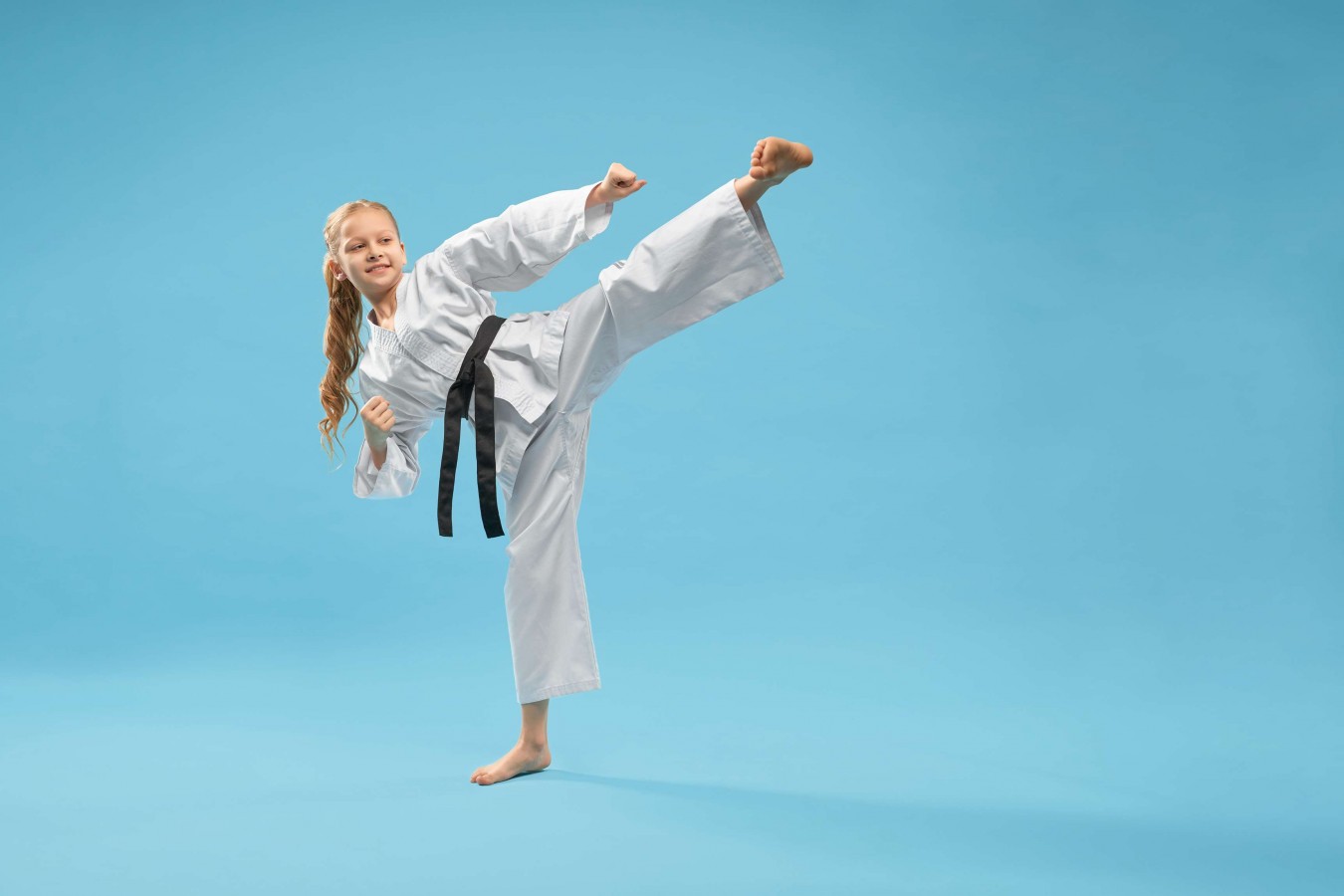
The Ongoing Adaptation and Refinement of Taekwondo
The continuous refinement and adaptation of Taekwondo, in response to emerging challenges and trends, so ensure its enduring effectiveness as a dynamic and relevant martial art.
Conclusion: The Enduring Effectiveness of Taekwondo
Taekwondo’s enduring effectiveness as a martial art is a testament to its rich history, its holistic approach to development, and its ability to continuously evolve and adapt to the ever-changing landscape of combat, self-defense, and personal empowerment. Through this comprehensive exploration, we have delved into the core elements that contribute to Taekwondo’s versatility and adaptability, so uncovering the profound impact this dynamic martial art has had on practitioners around the world.
